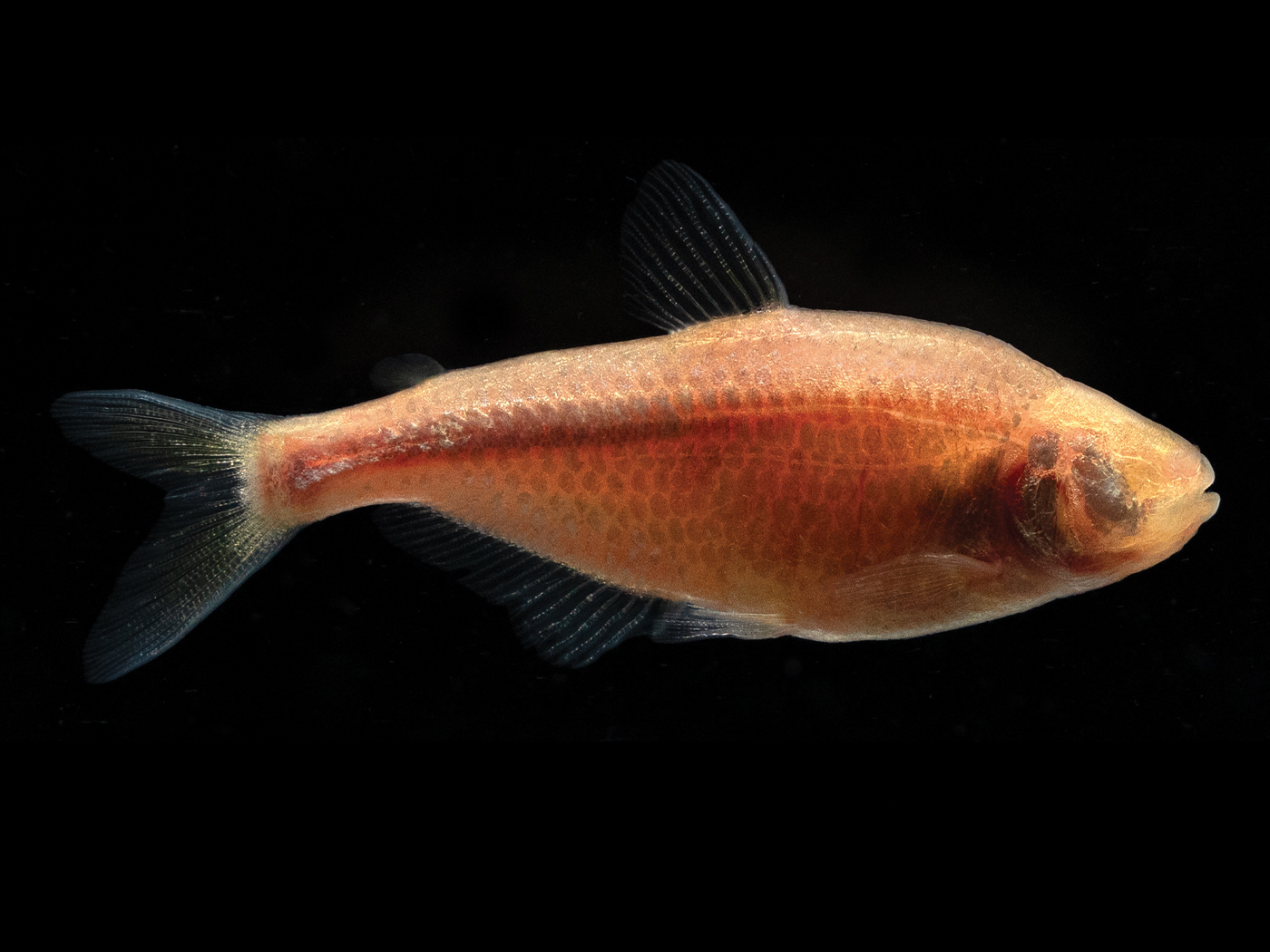A team of French experts in paleoenvironments has discovered algae and several bits of marine life that are completely encased in amber, a hard substance thought to originate from hardened tree sap. Amber is renowned for preserving exquisitely detailed fossils, often of insects.
In their study published in the November 11 issue of Proceedings of the National Academy of Sciences, the authors note that “it has been supposed that amber could not have preserved marine organisms” because amber is produced in forests, not oceans.1 The researchers only reported what they saw and didn’t attempt to interpret how the amber formed or how the marine fossils were trapped in it.
Elsewhere, however, those who hold to the model that the earth was primarily shaped by “slow-and-gradual” geological processes have interpreted amber fossils as being the preserved remains of creatures from forests that existed millions of years ago. Creation scientists have presented many reasons to be skeptical about this interpretation,2 and the fact that algae have been found trapped in what was once tree sap indicates that the amber’s formation and deposition most likely involved an enormous, water-related event.
Consider that amber deposits are vast, buried, often associated with lignite coal deposits, were transported and sorted, originated from tree sap that was later crystallized, is often found in odd shapes, pressed into odd nooks and gaps, and that it is broken or damaged tree branches that produce copious sap.3
When taken together with these other features of amber deposits, it becomes evident that some kind of massive, cataclysmic flood is responsible for the production of amber. A news report of these new findings proffered an alternate explanation:
The presence of these marine organisms in the amber is an ecological paradox. How did these marine species become stuck and then trapped in the conifers’ resin? The most likely scenario is that the forest producing the amber was very close to the coast.4
The key to understanding amber formation may not be the proximity of the forest to the coast, however, but the events related in the biblical record regarding Noah’s Flood. At that time, the ocean overreached its coastal boundary and inundated the forest! It is likely that the flood waters first broke trees apart, transported the shattered timber, and then deposited the remaining pieces. These would have extruded large quantities of sap, which would have engulfed nearby creatures and then, at the bottom of the flood waters, hardened into amber. Marine algae trapped in amber ought to finally prove a flood-based interpretation.
Correction: In this article, "resin" should replace "sap."
References
- Gerard, V. et al. 2008. Evidence for marine microfossils from amber. Proceedings of the National Academy of Sciences. 105 (45): 17426-17429.
- Sherwin, F. 2006. Amber: A Window to the Recent Past. Acts & Facts. 35 (7).
- Thomas, B.Fossilized Gecko Fits Creation Model. Institute for Creation Research News. Posted on icr.org September 8, 2008, accessed November 14, 2008.
- Marine plankton found in amber. Centre National de la Recherché Scientifique press release, November 12, 2008.
* Mr. Thomas is Science Writer.
Article posted on November 20, 2008, article updated July 23, 2013 for accuracy.











